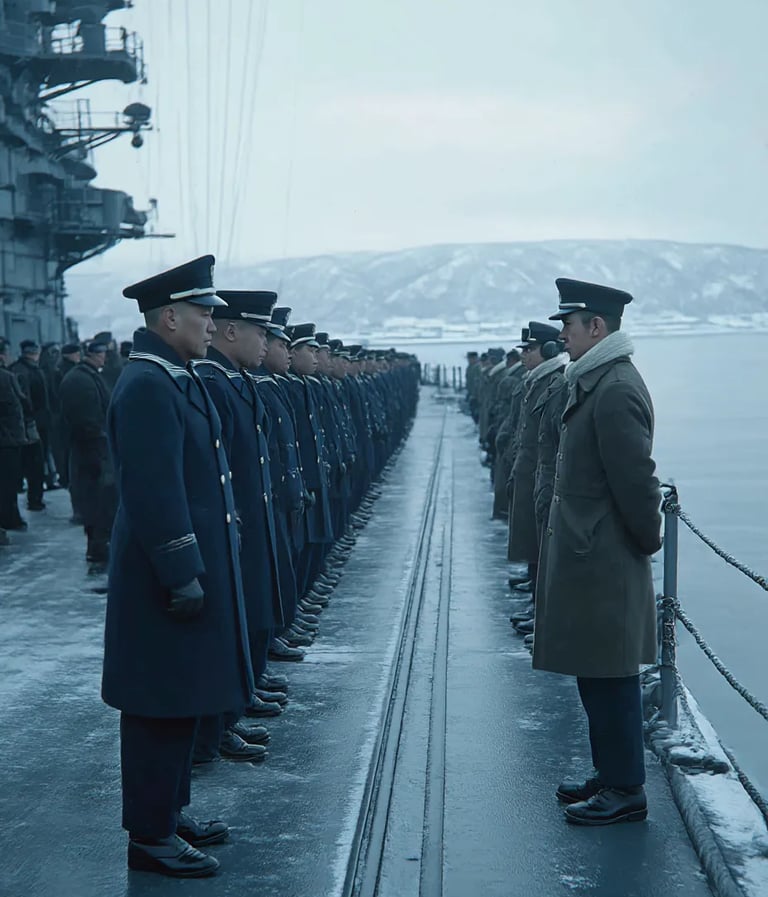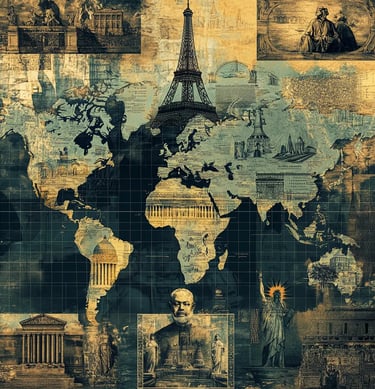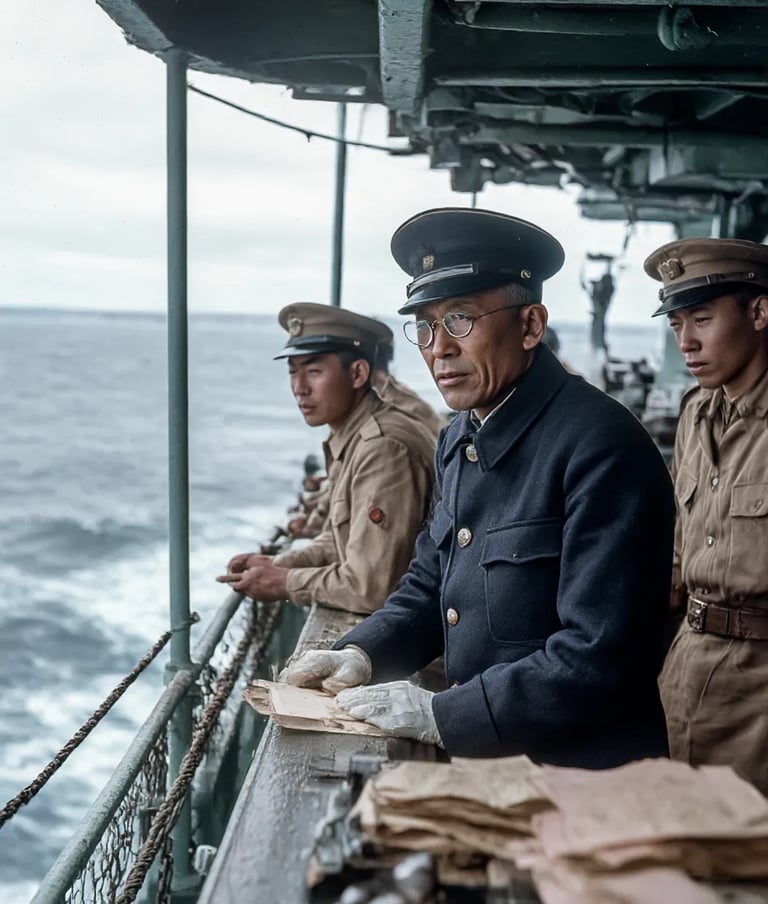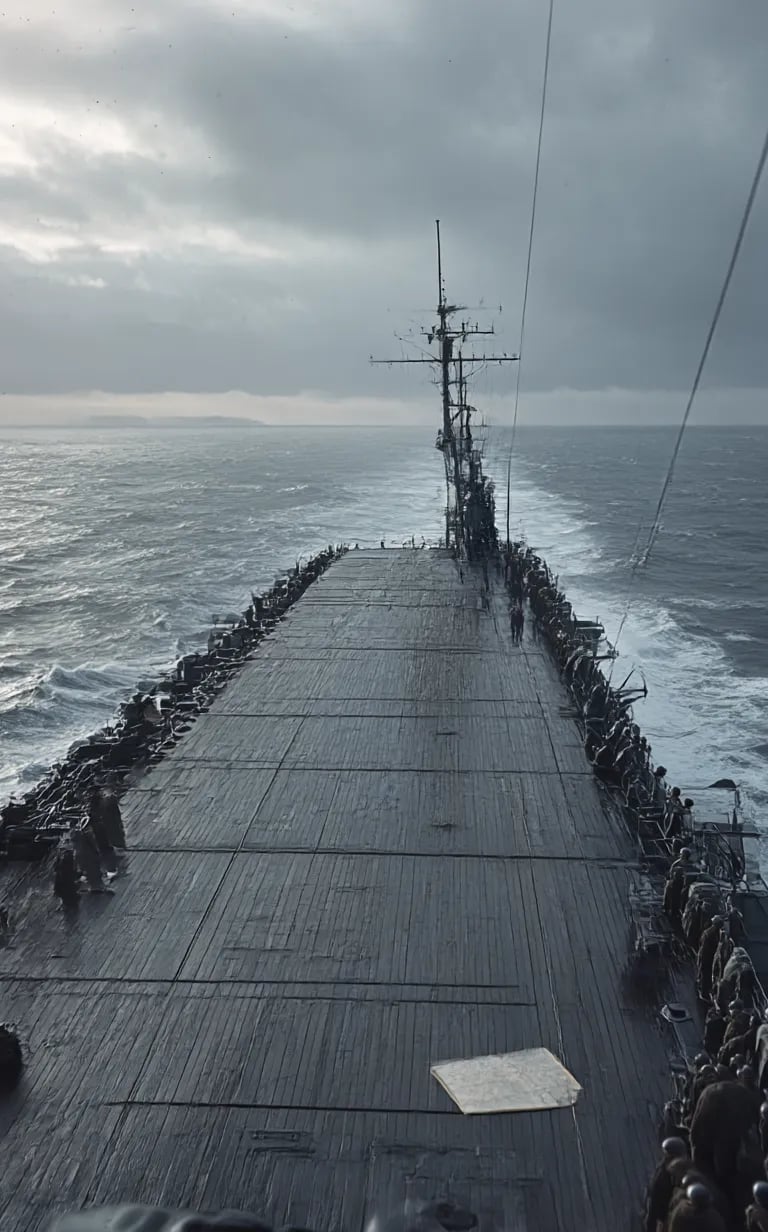In a bold break from tradition, Napoleon Bonaparte crowned himself Emperor on December 2nd inside Notre Dame Cathedral. Pope Pius VII was present, but merely a spectator. The moment was loaded with symbolism—Napoleon, once a revolutionary general, seized divine authority with his own hands. It wasn’t just a coronation; it was a declaration to all of Europe: a new empire was born, and it bowed to no one.
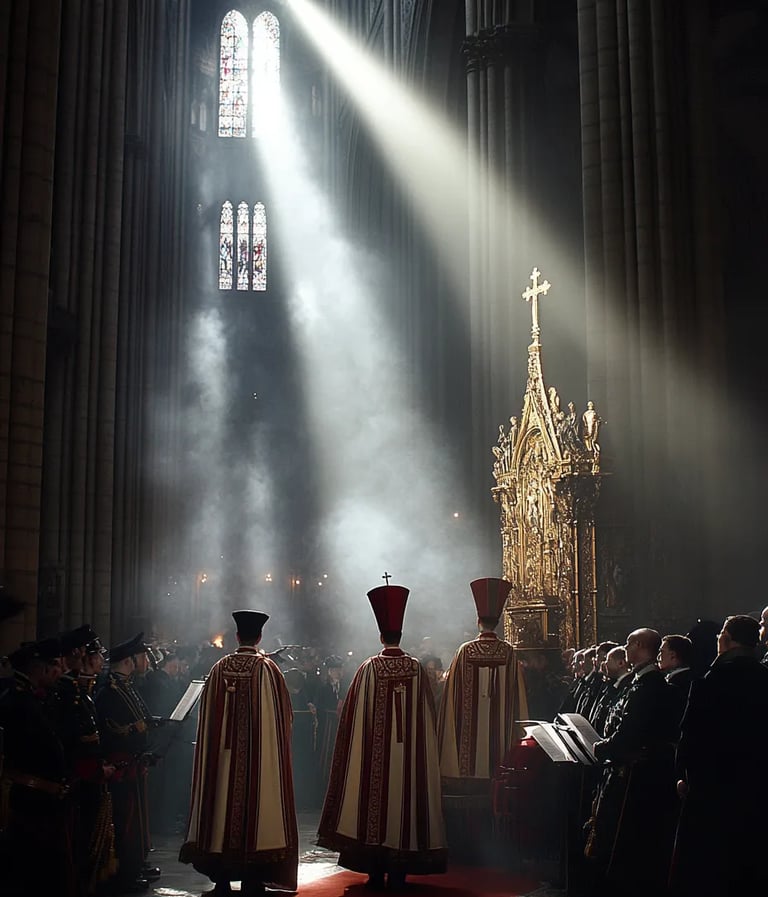

1804 – When Napoleon Took the Crown Into His Own Hands
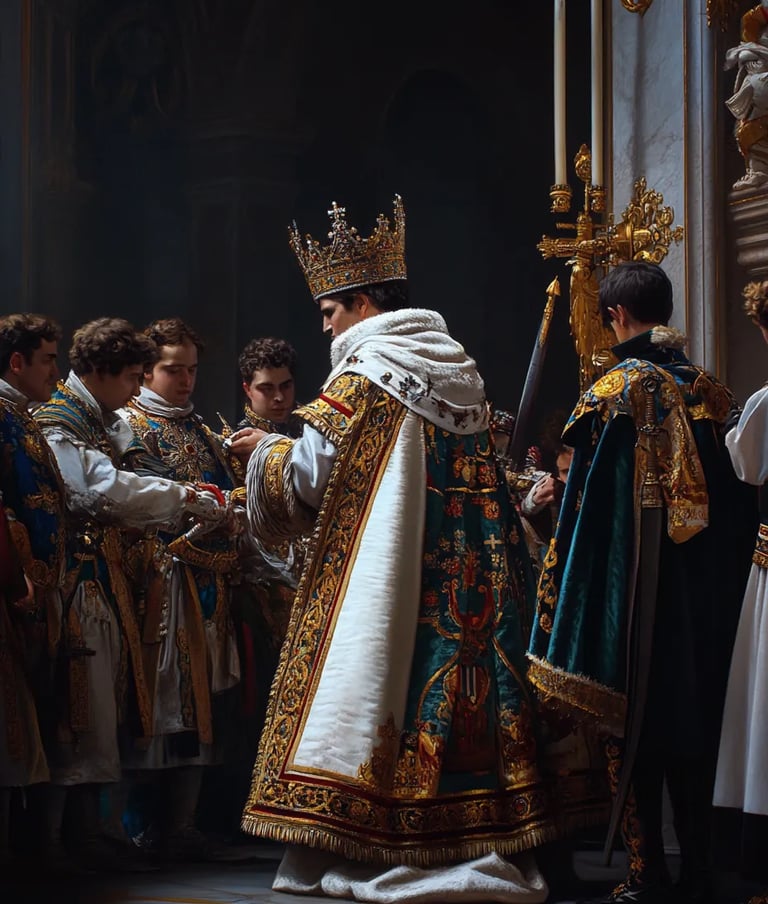

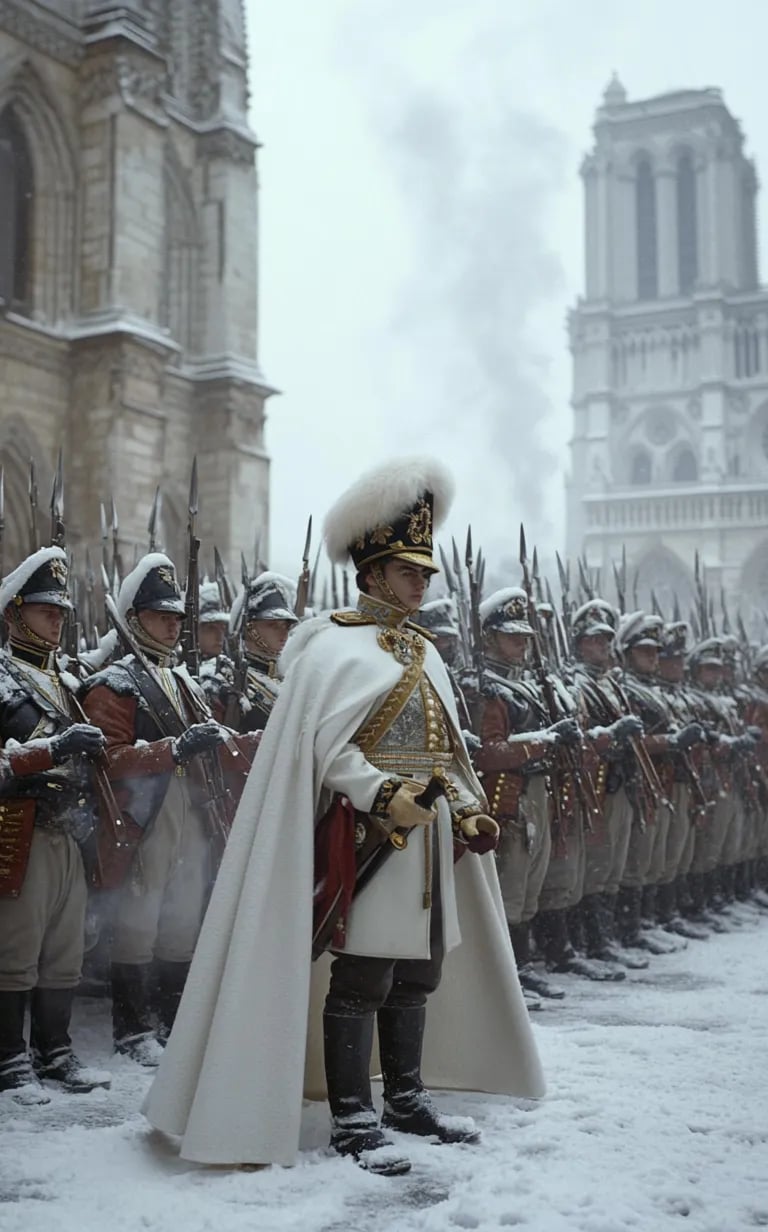

On this day, abolitionist John Brown was hanged for leading the failed raid on Harpers Ferry. Tried for treason and murder, he was unrepentant to the end. His goal: ignite a slave rebellion and end America’s greatest hypocrisy. Though condemned as a madman by some, many in the North saw him as a martyr. Brown’s death echoed louder than his rebellion—and helped light the fuse of civil war.
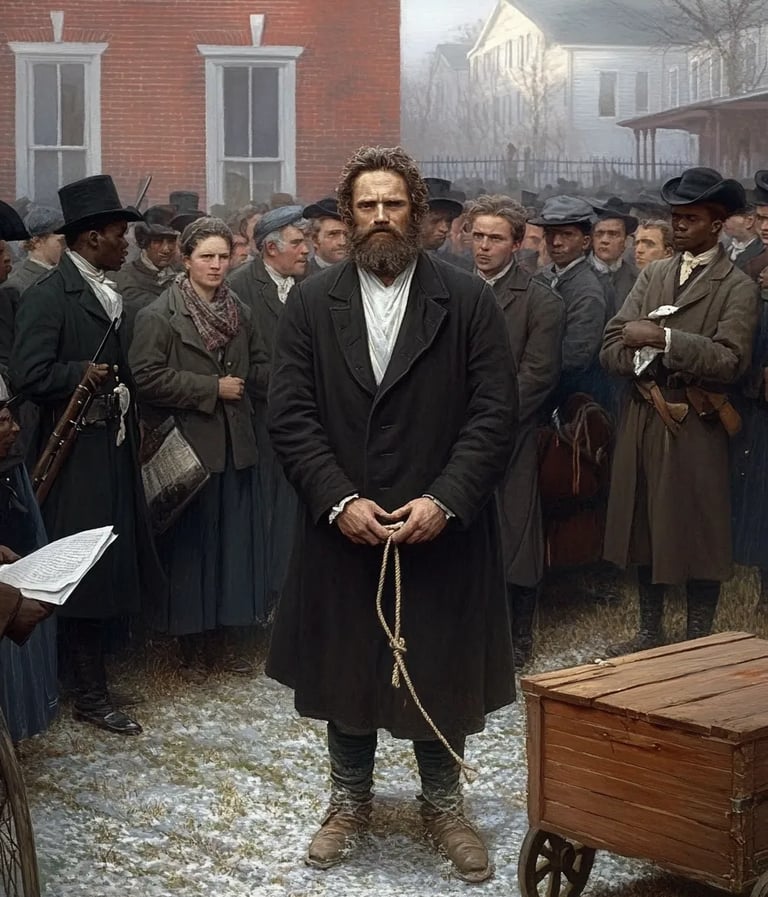

1859 – John Brown Swings, But His Cause Lives On
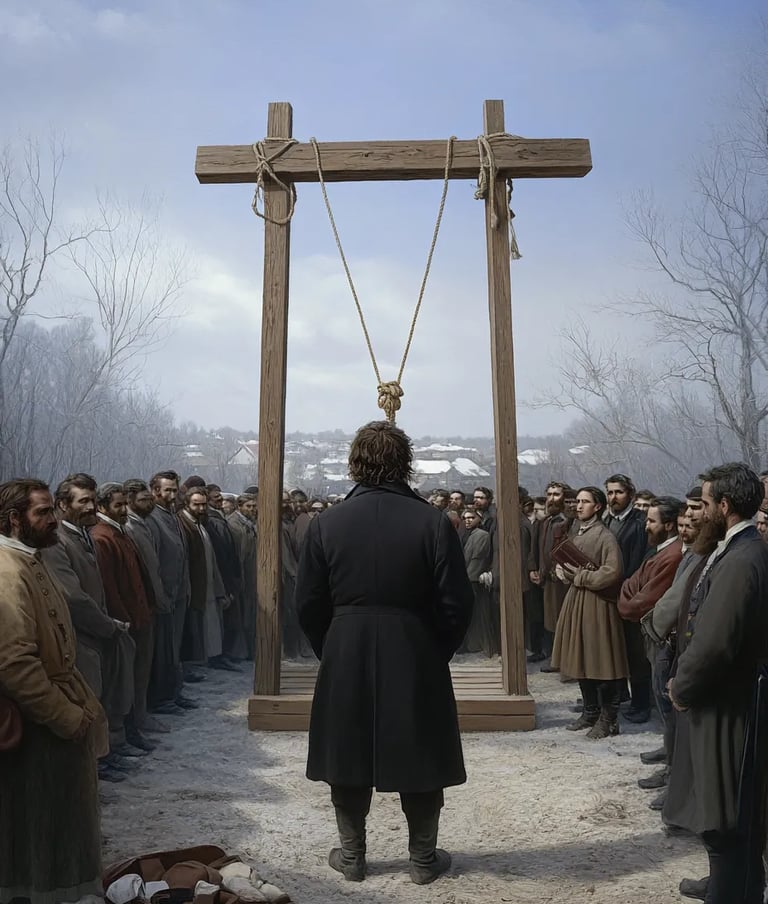

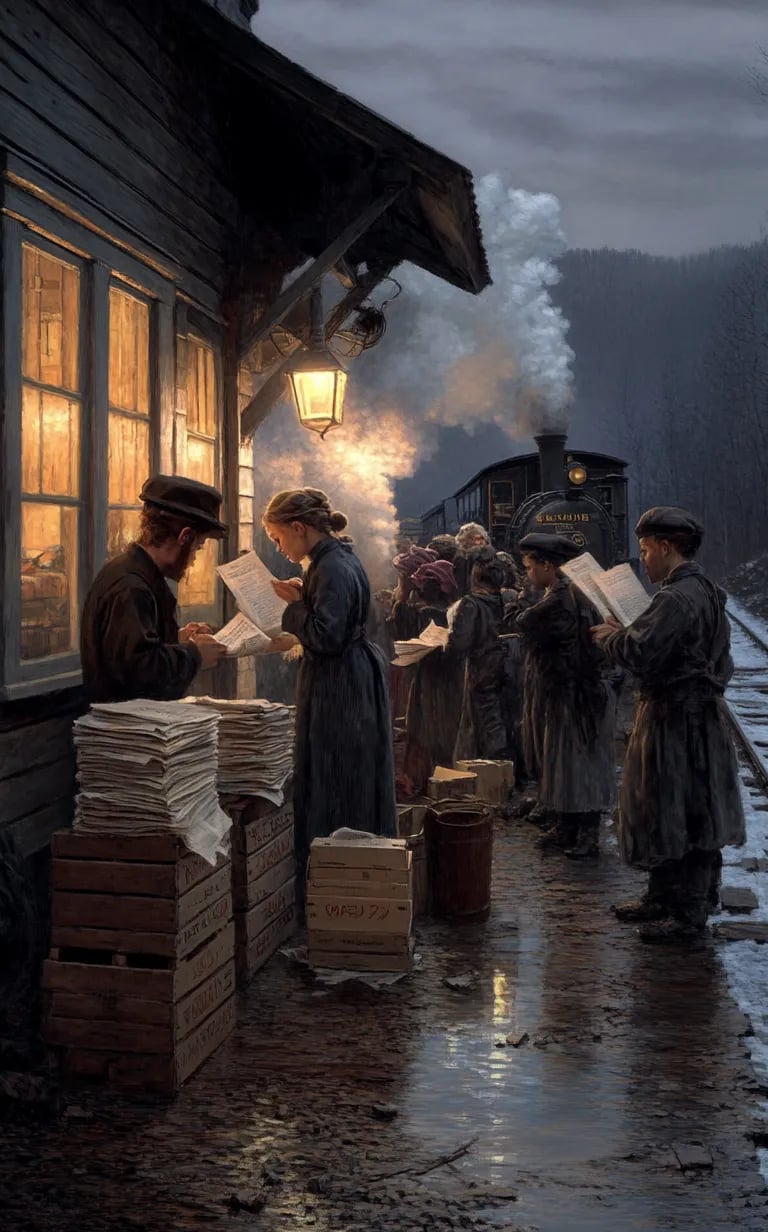

At just two years old, Pu Yi ascended the throne as Emperor of China on December 2nd. Surrounded by ancient ritual and imperial grandeur, the child-emperor had little say in the fate that awaited him. His reign would be largely ceremonial, and he would become the last emperor of the Qing Dynasty. The moment marked not only a new reign, but the beginning of the end for imperial China.
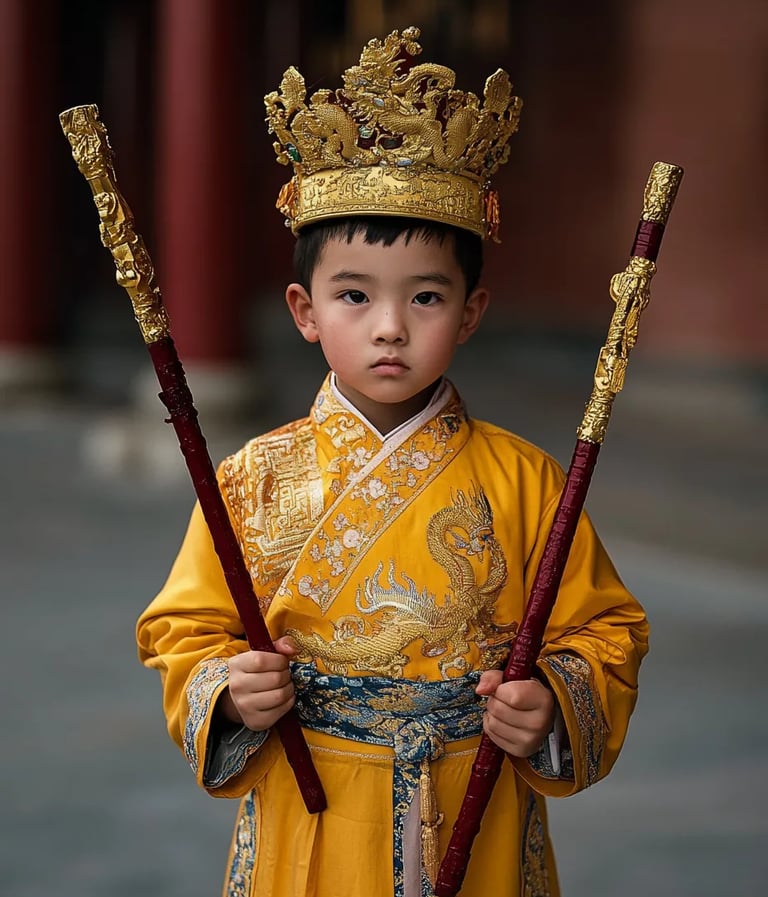

1908 – A Toddler Becomes Emperor of China
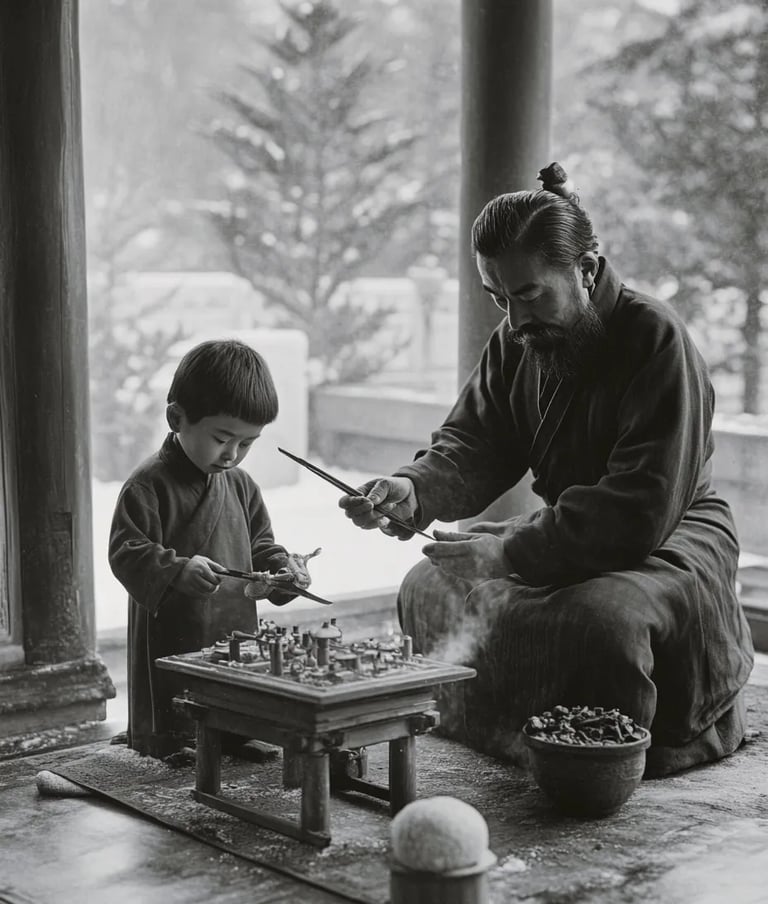

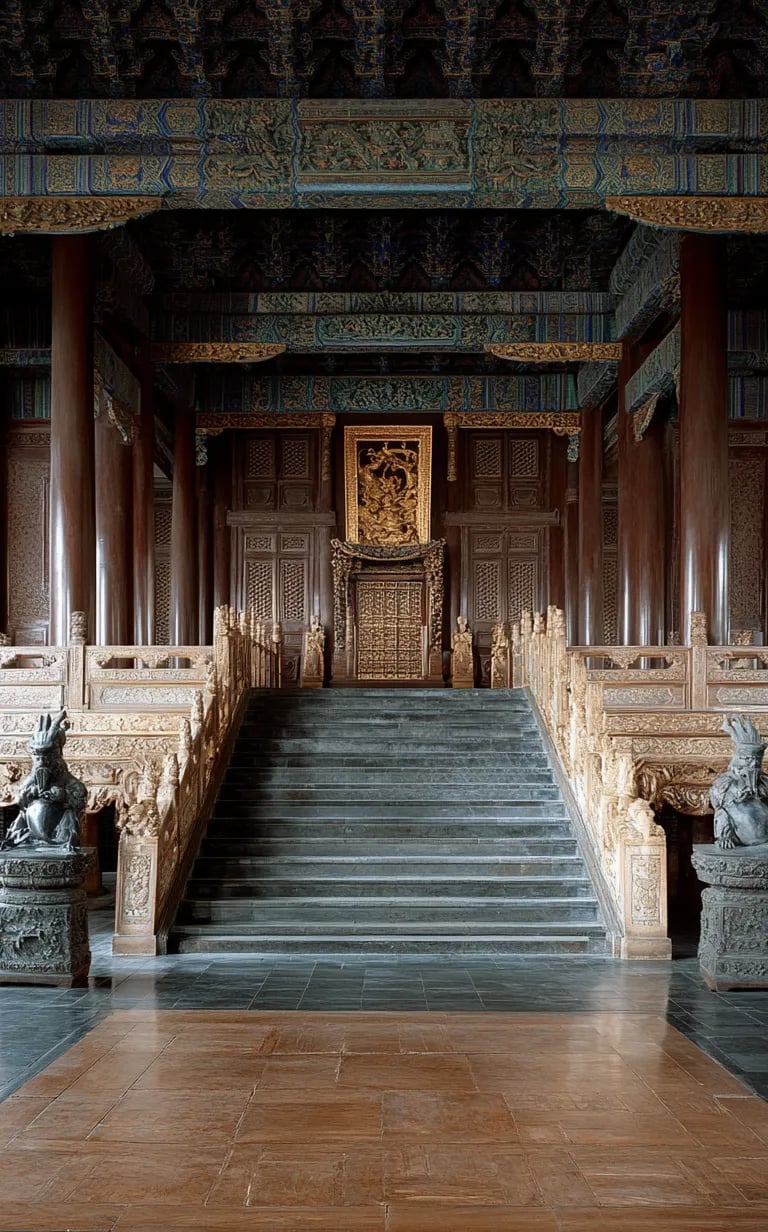

American gangster Louis “Lepke” Buchalter, one of the few organized crime leaders to receive the death penalty, was sentenced on this day in 1941. Alongside lieutenants Emanuel Weiss and Louis Capone, Buchalter was found guilty of murder. He had helped run Murder, Inc., the mafia’s contract killing arm. The conviction shattered the myth of mob invincibility—and proved that even the most feared criminals could be held accountable.
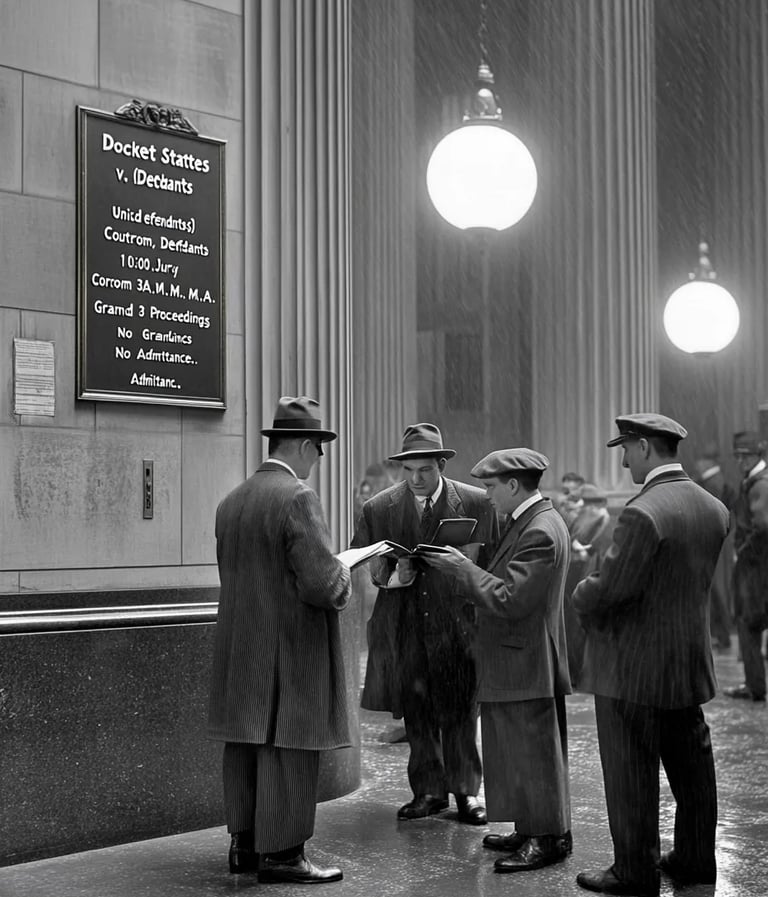

1941 – The Mob Meets Its End in a Federal Courtroom
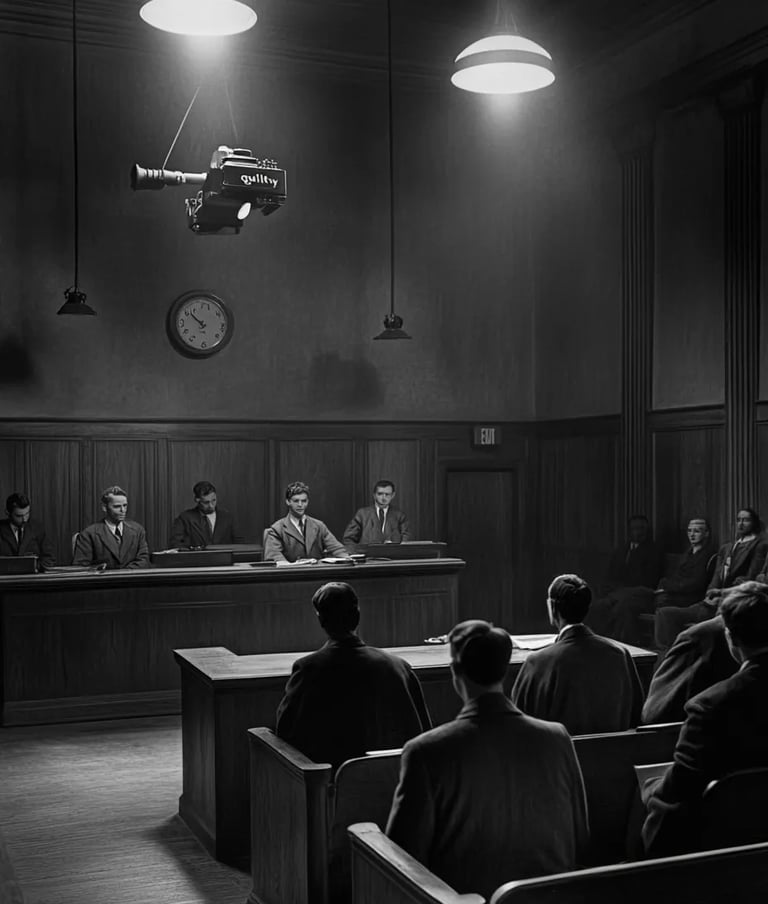

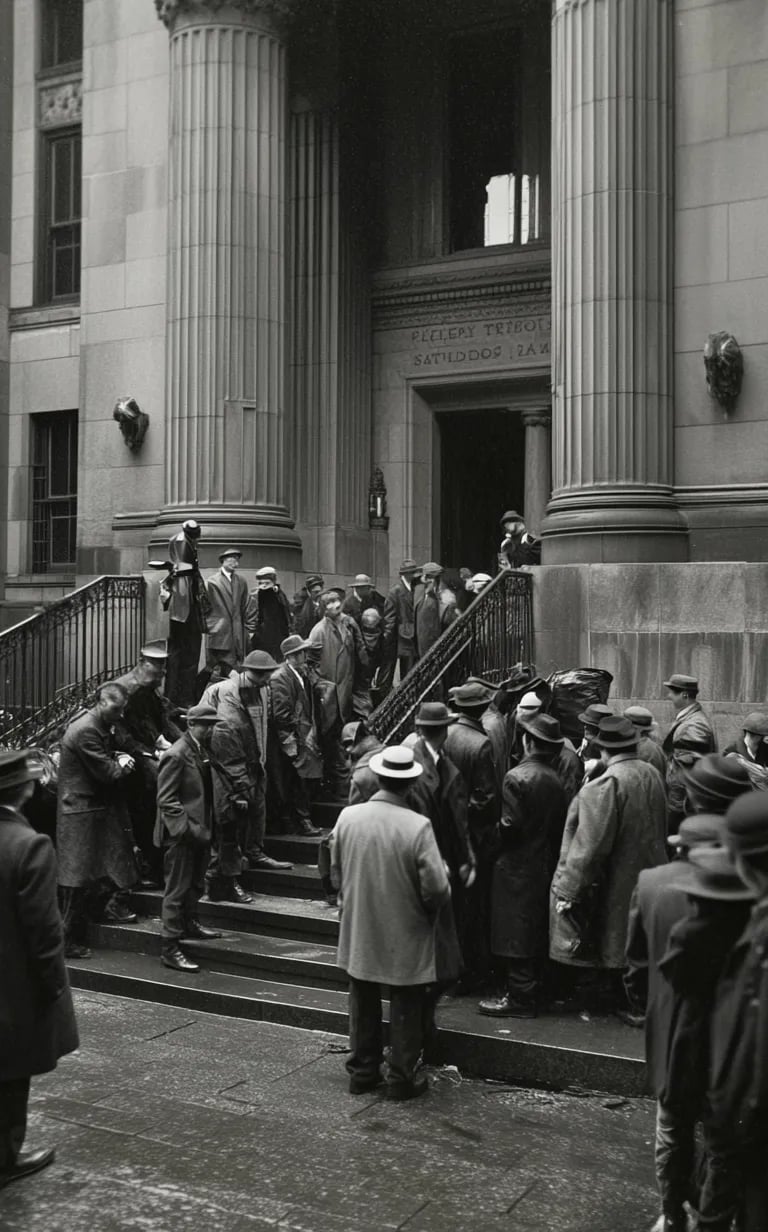

On December 2nd, Japanese Marshal Admiral Isoroku Yamamoto gave the order that would change history. His fleet, including six aircraft carriers, steamed quietly across the Pacific. The destination? Pearl Harbor. Though the U.S. remained neutral, Yamamoto believed only a bold surprise attack could give Japan a fighting chance. Within days, the world would wake up to war—and the quiet sea would erupt into history’s deadliest conflict.
